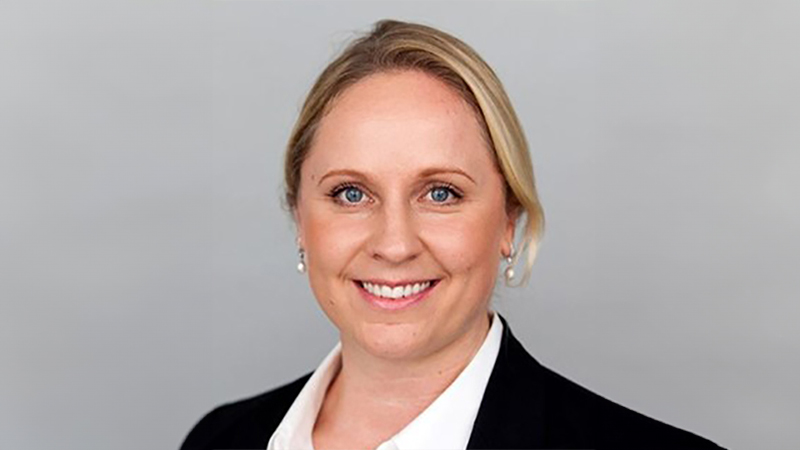John Husselbee has added weightings to convertible bonds within the annual strategic asset allocation (SAA) for Liontrust’s multi-asset portfolios for the first time.
As part of the group’s annual SAA, the firm’s head of multi-asset said there is now a 10% allocation to convertibles in its low and medium risk SAAs owing to the different risk/return profile these debt instruments offer.
“Convertibles can be used as a hybrid, offering equity and bond characteristics,” said Husselbee (pictured). “They provide regular income and return of capital at the end of a fixed term like traditional bonds but with an option to convert into a certain number of shares, allowing holders to participate in share price rises whole retain degree of bond-like protection against market falls.”
Husselbee said that Liontrust’s acquisition of the Architas UK investment business last year has expanded its multi-asset investment team and given it further resources to analyse a broader set of asset classes.
“Now convertibles are included in the SAA, we have expanded our research remit to assess the suitability and availability of funds investing in this part of the market,” he said.
‘Middle lane of the motorway’
Any moves in Liontrust’s SAA are not tactical, but instead represent a shift in the risk return profiles of asset classes. Elsewhere, the weightings to equities, bonds, cash and alternatives, have remained broadly the same as 2020.
“SAA is our allocation should we have no views on the relative attractiveness of asset classes,” said Husselbee. “This is the middle lane of the motorway if you will, or the route selected to get to our ultimate investment destination. Where we can add value and take advantage of cheaper valuations is via tactical asset allocation (TAA), and how we select funds to implement our views.”
Looking at the annual SAA, despite obvious spikes amid the initial fallout from the covid pandemic, Hussselbee said that volatility has dropped off again and that its numbers continue to reflect the lower levels of recent years.
“Volatility has been beneath long-term averages for more than a decade, depressed by the quantitative easing that began in the wake of the global financial crisis and has continued, in form or another, ever since,” he said.
“More recently, there have been growing concerns about inflation picking up and central banks beginning to taper their asset purchases, which may feasibly see volatility pick up,” he added. “While this may mean changes to our SAA when we review the position next year, we would still not expect anything too substantial given we analyse long-term data.”
For more on international financial planning, please visit international-adviser.com










